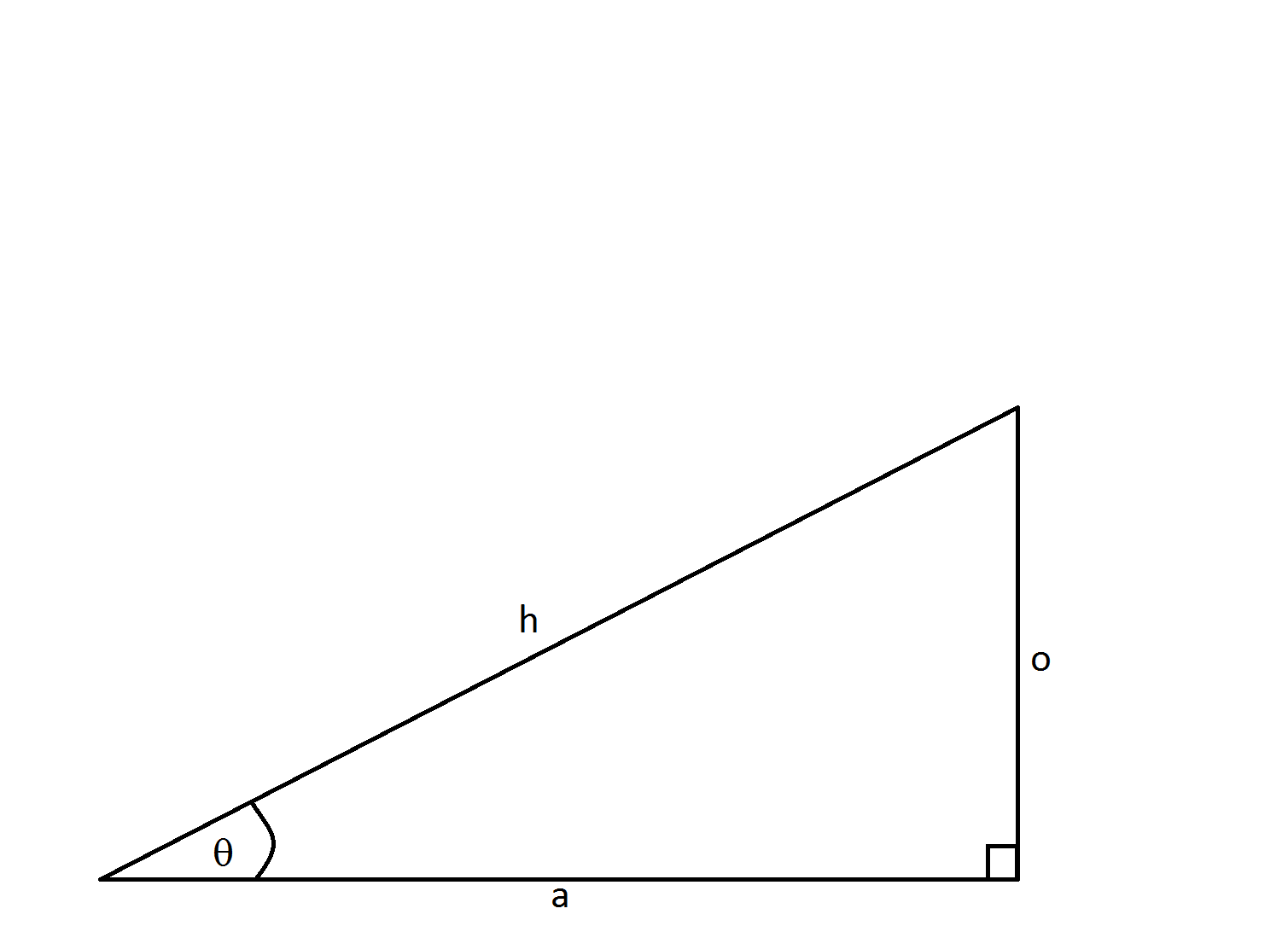All High School Math Resources
Example Questions
Example Question #2 : Understanding Period And Amplitude
What is the amplitude of 
The amplitude of a wave function like 

Example Question #3 : Trigonometric Graphs
What is the local maximum of 


The fastest way to solve this problem is to graph it and observe the answer. However, the other option is to think of this equation in terms of period.
When the coefficient of the variable increases, the frequency increases and the period decreases by that rate.
Since our equation is 







Therefore, our maximum will be 
Example Question #2 : Trigonometric Graphs
Which of the given functions has the greatest amplitude?
The amplitude of a function is the amount by which the graph of the function travels above and below its midline. When graphing a sine function, the value of the amplitude is equivalent to the value of the coefficient of the sine. Similarly, the coefficient associated with the x-value is related to the function's period. The largest coefficient associated with the sine in the provided functions is 2; therefore the correct answer is 
The amplitude is dictated by the coefficient of the trigonometric function. In this case, all of the other functions have a coefficient of one or one-half.
Example Question #1 : Trigonometric Identities

What is the 

When working with basic trigonometric identities, it's easiest to remember the mnemonic: 

When one names the right triangle, the opposite side is opposite to the angle, the adjacent side is next to the angle, and the hypotenuse spans the two legs of the right angle.
Example Question #2 : Trigonometric Identities
Simplify 
Simplifying trionometric expressions or identities often involves a little trial and error, so it's hard to come up with a strategy that works every time. A lot of times you have to try multiple strategies and see which one helps.
Often, if you have any form of 






This doesn't seem to help a whole lot. However, we should recognize that 

We can cancel the 

Example Question #1 : Using Basic And Definitional Identities

What is the 

When working with basic trigonometric identities, it's easiest to remember the mnemonic: 


When one names the right triangle, the opposite side is opposite to the angle, the adjacent side is next to the angle, and the hypotenuse spans the two legs of the right angle.
Example Question #1 : Trigonometric Identities

What is the 

When working with basic trigonometric identities, it's easiest to remember the mnemonic: 


When one names the right triangle, the opposite side is opposite to the angle, the adjacent side is next to the angle, and the hypotenuse spans the two legs of the right angle.
Example Question #1 : Trigonometric Identities
Simplify

Example Question #111 : Trigonometry
Simplify

and

Example Question #1841 : High School Math
Simplify 
Remember that 
Certified Tutor
All High School Math Resources
















































![[\cos(x)/\sin(x)]\times\sin(x)=\cos(x)](https://vt-vtwa-assets.varsitytutors.com/vt-vtwa/uploads/formula_image/image/27160/gif.latex)
















